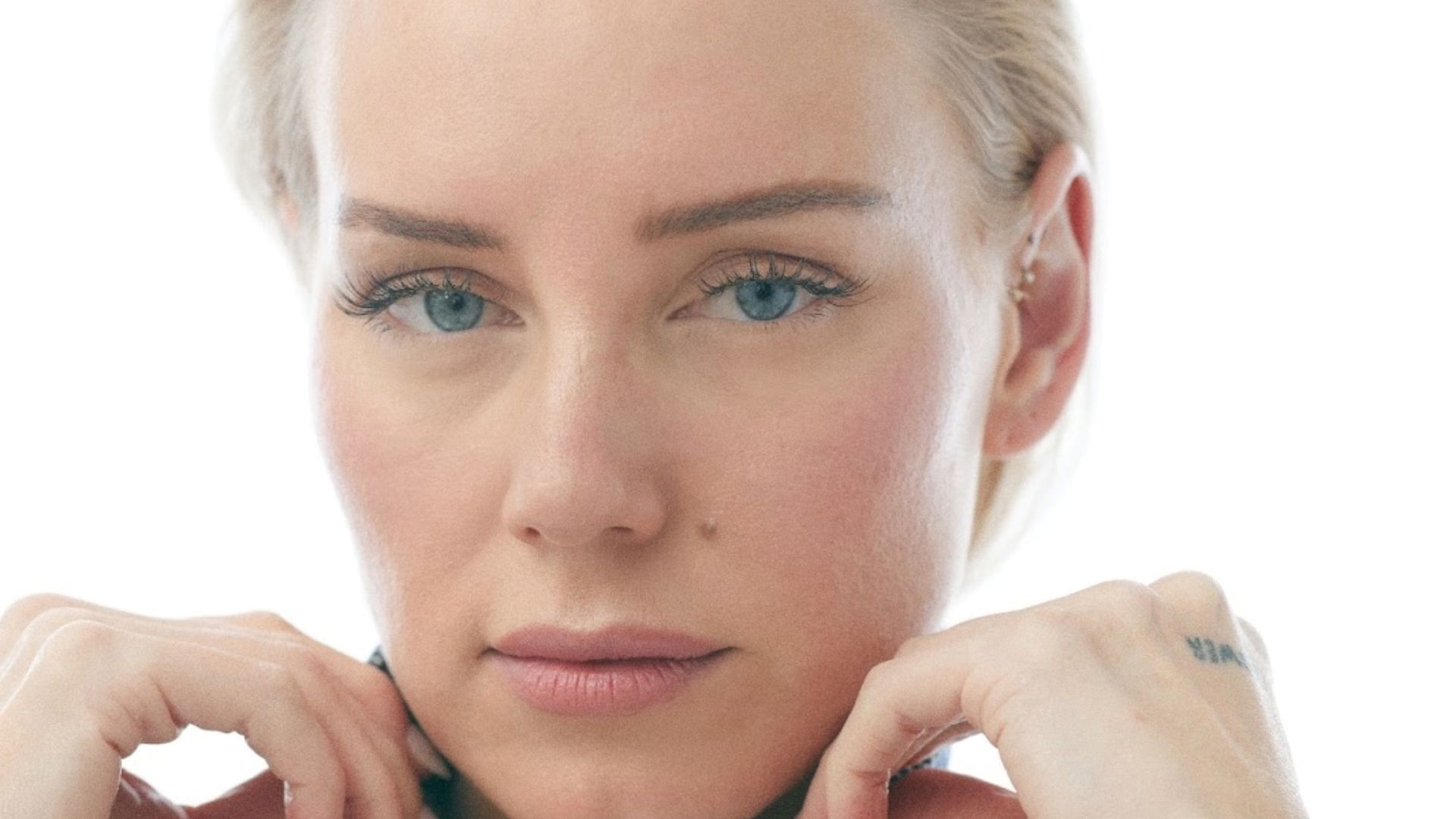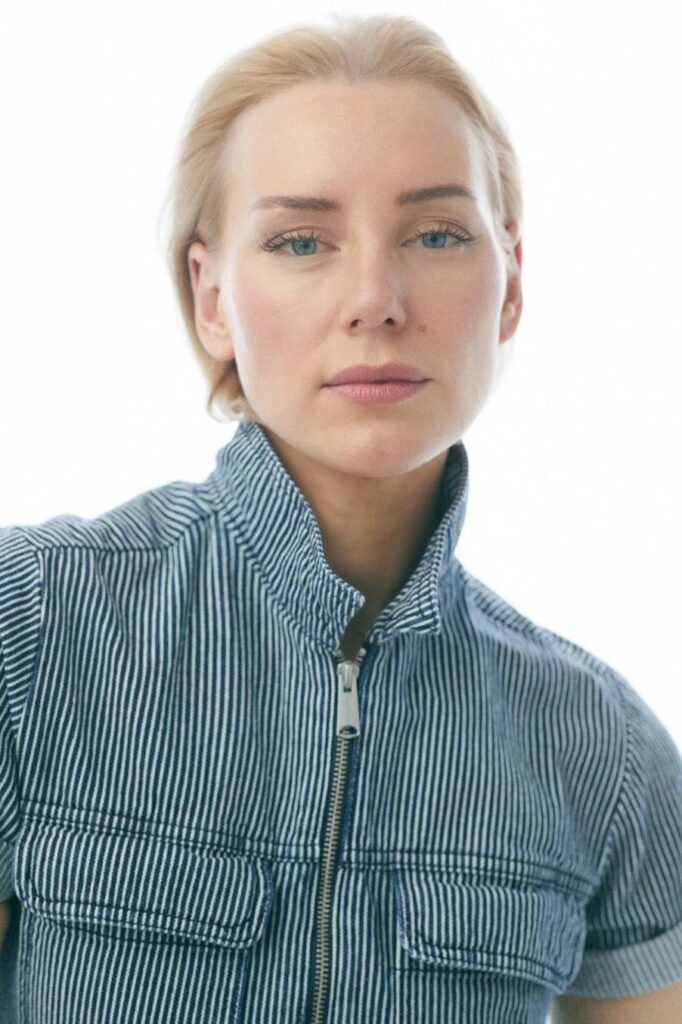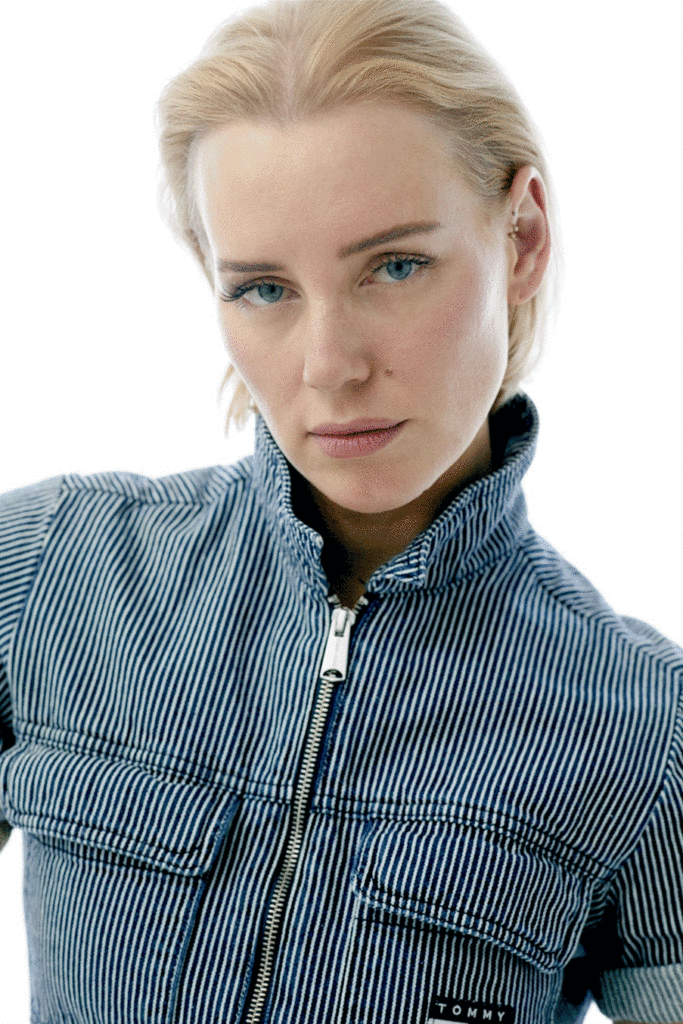Why Charlotte Reardon Believes Fashion Needs In-Between Models
In partnership with APG

Fashion models have always presented an ideal of perfection, and this practice has drawn criticism from the general public, who often feel shut out by the images in fashion spreads and the idealized representations at fashion shows. This criticism has gradually grown into genuine conversations about diversity in fashion and what that term truly means.
Behind the scenes, in the production rooms, these discussions are resulting in tangible change. One of the women leading this revolution is model Charlotte Reardon. Reardon is an “in-between” model, but she doesn’t see it as a disadvantage. Instead, she’s proving that she can represent and connect with the women that brands want to reach. She’s also determined to bring about a broader conversation about real diversity and the future of fashion.
An “In-Between” Sized Model
An “in-between” size is how Reardon describes women who aren’t just one size. Most women, including her, wear a variety of sizes depending on where they purchase their clothing.
Like many women, Reardon finds herself wearing a size 4 at one retailer, a 6 at another, and an 8 elsewhere.
Just like most women are in between sizes, that is also true for age and lifestyle.

The Importance of Fit Modeling
After spending time as a dancer, Reardon transitioned into production fit. In those back rooms, she got a behind-the-scenes experience that gave her an in-depth understanding of the fashion world and how important it was for an in-between model like her to be involved.
In fashion, fit modeling describes the use of a real-life human instead of a dress form by designers, manufacturers, and pattern makers to design clothing. Using a fit model like Reardon, the designers fit clothes to her body throughout the development process. The role of the fit model is to move around in the garment and provide feedback on how the clothing feels, helping perfect the fit.
“Working as a production fit model for over a decade is fascinating. It showed me how clothes are really constructed, how something as small as a quarter inch can affect the whole design & sales of a garment,” she says.
Transitioning to Runway, Lifestyle, and Commercial Modeling
After spending so much time as a production fit model, being able to transition into other types of modeling has been very “validating” for Reardon. Brands have started to move away from idealized perfection to relatability. Reardon believes that the fashion industry has finally started to understand the power of using models that women find relatable.
“It’s also proof that diversity matters beyond just checking a box on a runway. It’s about showing real, vibrant, evolving lives in all types of media,” Reardon says.

Being True to Herself
The modeling industry is difficult and can be very challenging. Often, models are met with dismissal simply for being who they are and not meeting a traditional standard. Reardon describes this as being “too something,” which can include age, height, body shape, and more. She has shunned trying to fit into a mold and has built a career being herself, but it has taken time, patience, and a lot of tenacity to reach where she is in her modeling career.
“Women’s bodies change constantly, and we deserve to see those changes reflected, celebrated, and made visible. I don’t want to disappear from the industry just because I age or have to end my modeling career because I decided to start a family, and neither should anyone else,” Reardon says.
